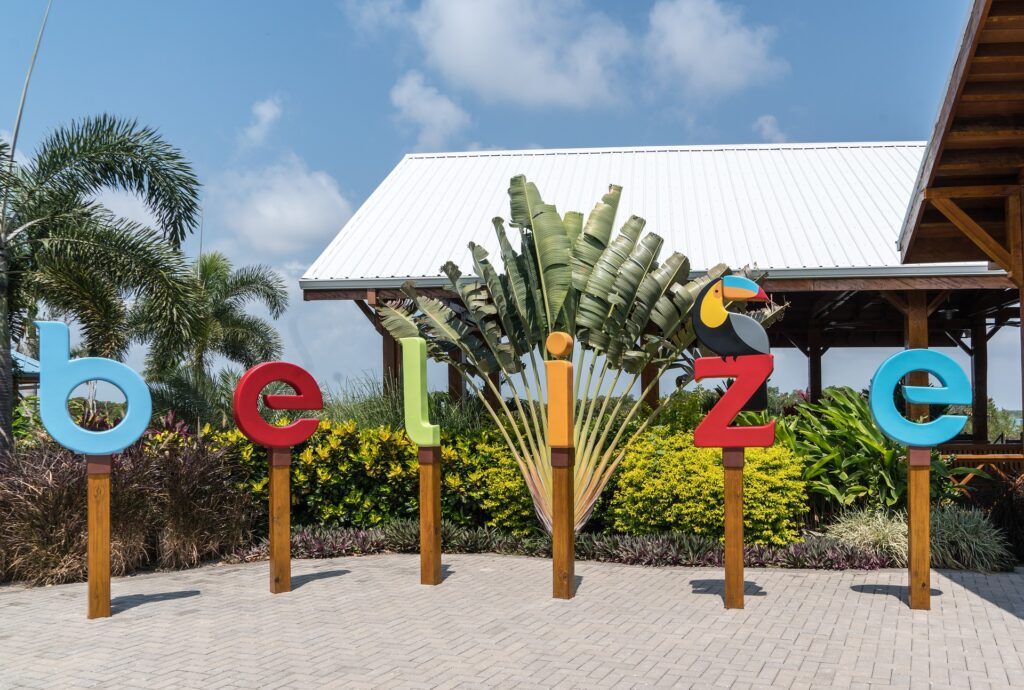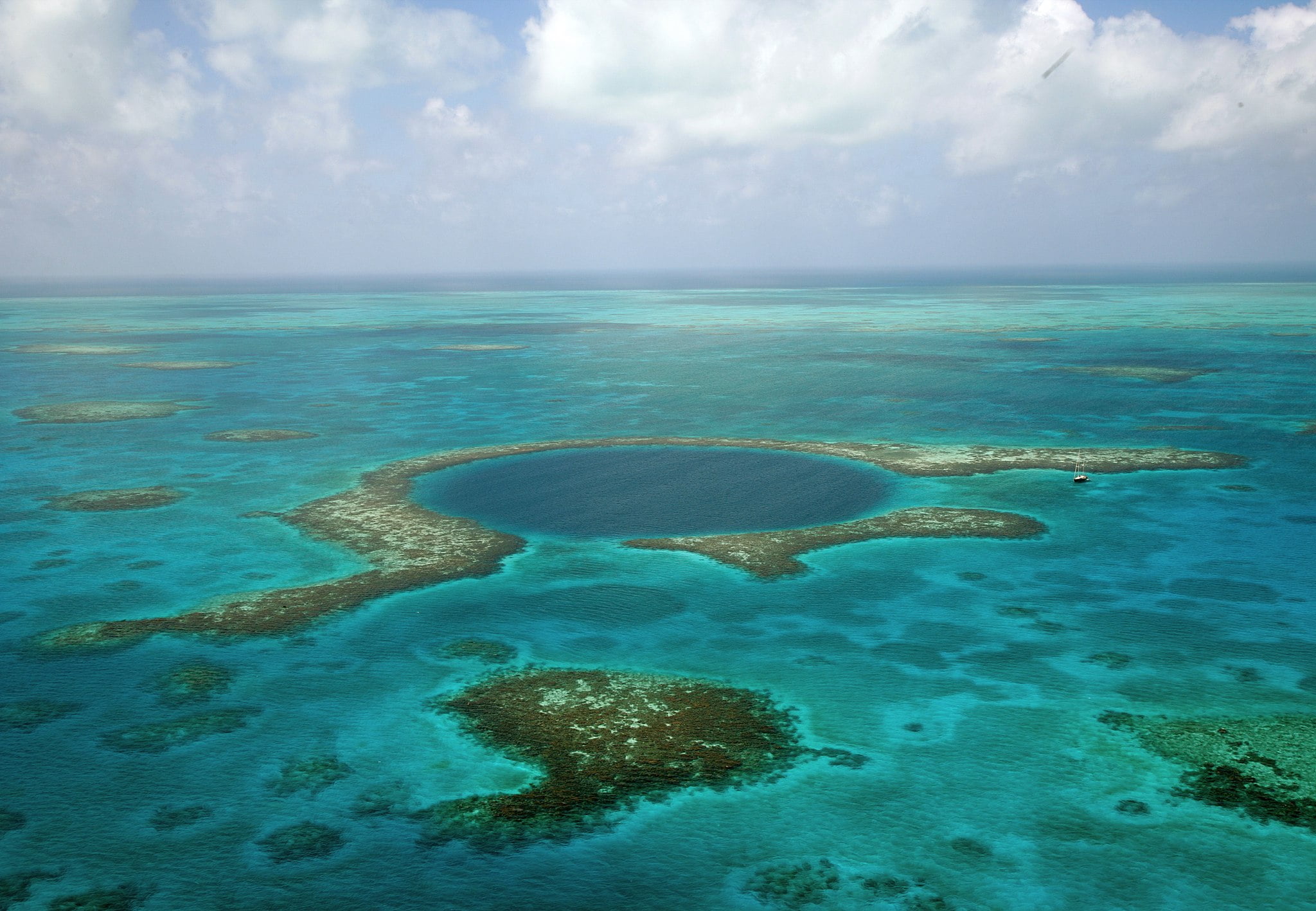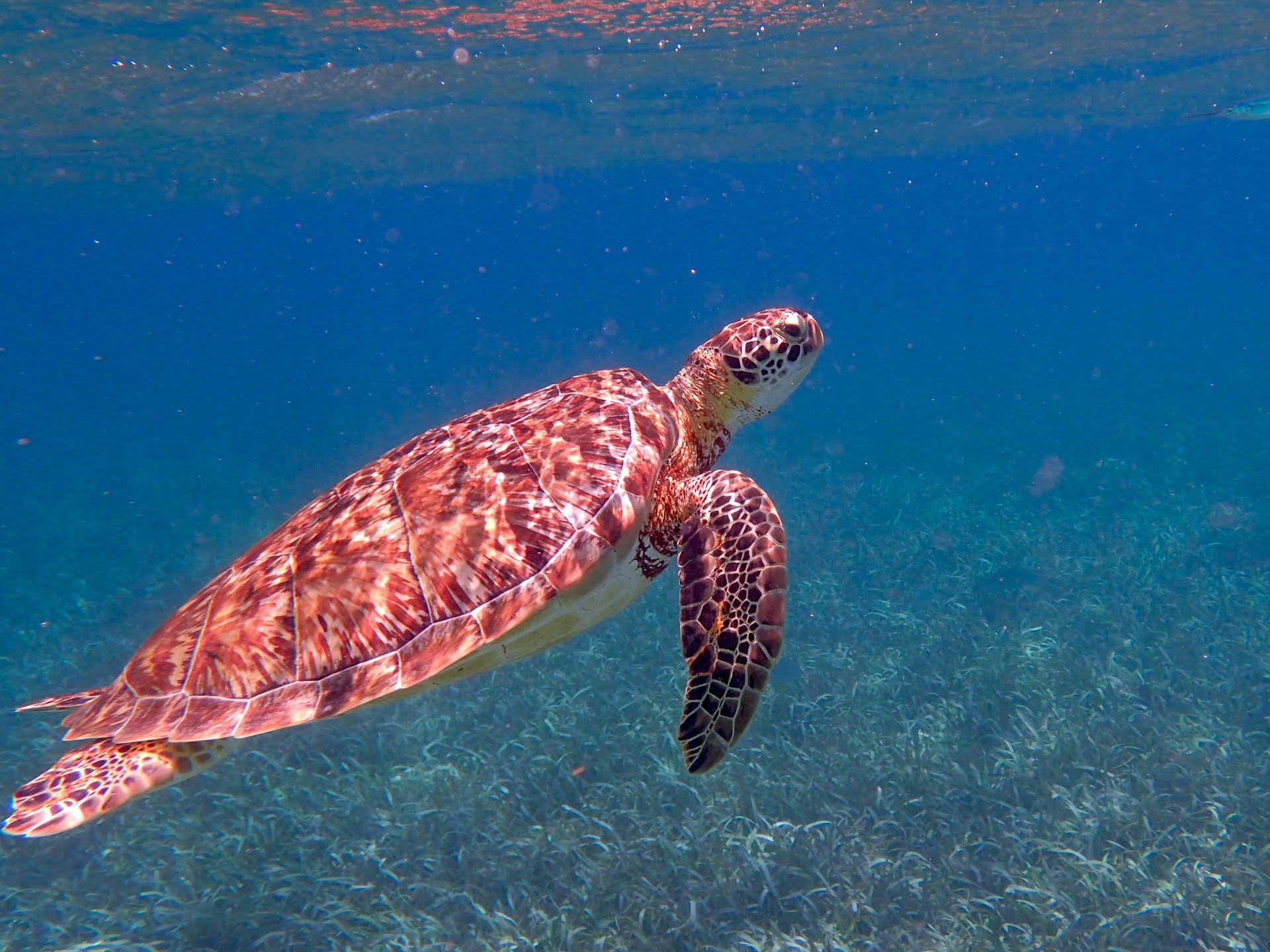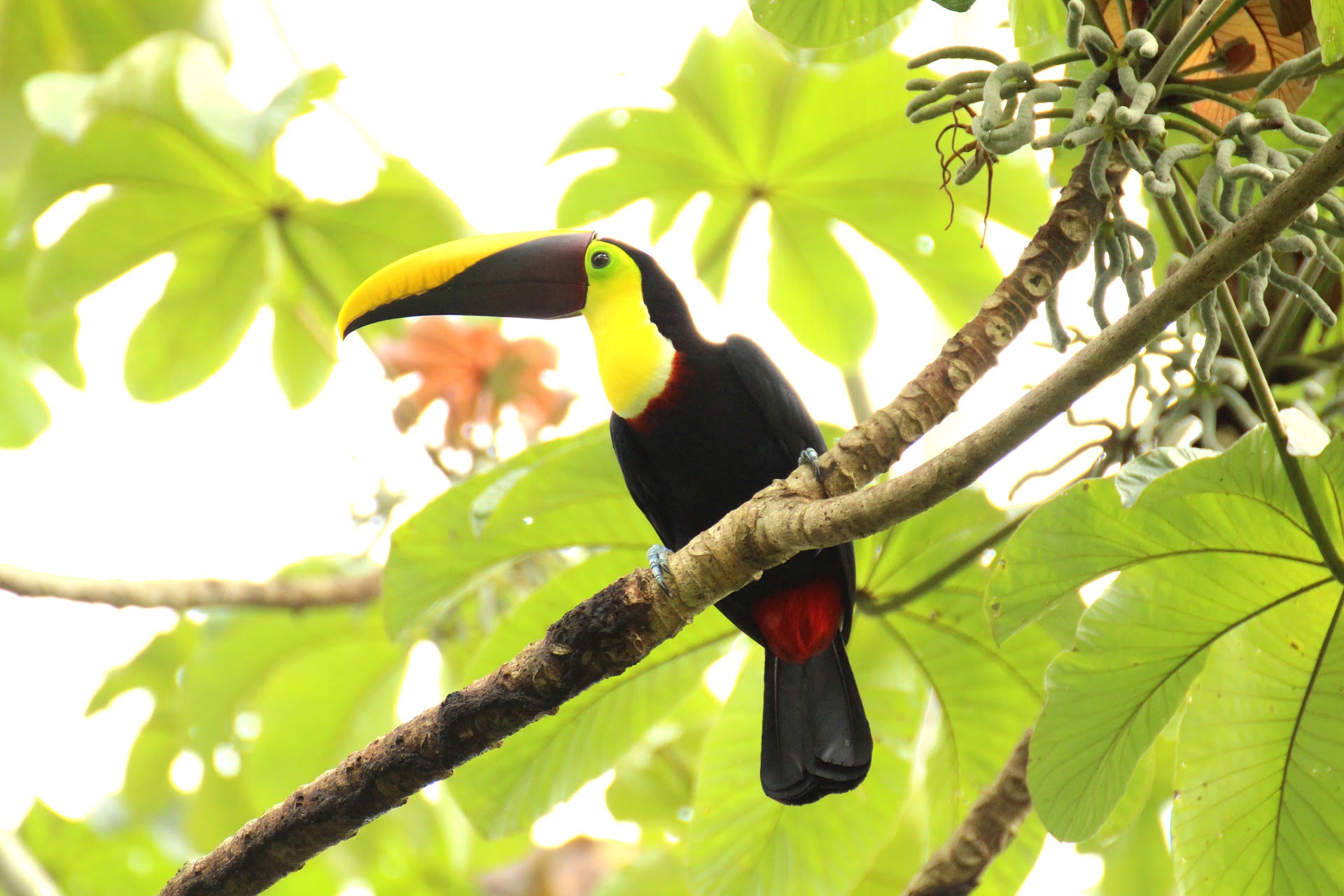Belize Barrier Reef
Belize Barrier Reef is located on the northeast coast of Central America. It’s a fantastic place for those who love nature and adventure. The country boasts stunning beaches along the Caribbean Sea and is famous for having the largest coral reef in the northern part of the world. This remarkable reef is recognized as a UNESCO World Heritage Site, celebrated for its variety of sea life and beautiful underwater scenery. Beyond the ocean, Belize is rich in history, featuring ancient Mayan ruins, lush rainforests, and unique ecosystems filled with interesting plants and animals.
Whether you’re looking to relax on the beach or explore fascinating sites, Belize offers something for everyone. It invites travelers to discover its amazing sights and enjoy the lively culture of its people. Whether you’re diving in clear blue waters, exploring thick jungles, or learning about its fascinating past, Belize promises an unforgettable adventure filled with both natural beauty and historical treasures.
Table of Contents
Where is the Belize Barrier Reef located?

Belize Barrier Reef is located on the northeastern edge of Central America. It is bordered by Mexico to the north, Guatemala to the west and south, and the beautiful Caribbean Sea to the east. The country has a relatively short coastline along the Caribbean. It is famous for having the second-largest barrier reef in the world. Belize is also known for its tropical rainforests, ancient Mayan ruins, and various ocean life. It’s a place filled with natural beauty and rich history.
Inscription
The Belize Barrier Reef Reserve System, which became a UNESCO World Heritage Site in 1996, includes seven protected areas. This incredible underwater paradise is made up of seven protected areas, which cover about 12% of the whole reef complex. There are seven special nature areas that are protected to help preserve their beauty and ecosystems. These are Bacalar Chico National Park and Marine Reserve, Blue Hole Natural Monument, Half Moon Caye Natural Monument, South Water Caye Marine Reserve, Glover’s Reef Marine Reserve, Laughing Bird Caye National Park, and Sapodilla Cayes Marine Reserve.
These seven locations are important for showing how coral reefs have developed over time. They also provide vital homes for different animals, such as sea turtles, manatees, and the American crocodile. Each of these places is unique and supports various wildlife and natural resources.
What is the Belize Barrier Reef?

Belize Barrier Reef Reserve System is famous around the world for its many vibrant and healthy coral reefs that are flourishing in their natural environment. The Belize Barrier Reef is the most significant reef system in the Atlantic and Caribbean and the second largest reef system in the world. It is also the most important reef in the Northern Hemisphere. The reef includes a variety of central reef areas, coastal habitats, and special forests found on small sandy islands. These unique environments are home to many endangered plants and animals.
Throughout history, sea levels have changed, creating a beautiful underwater world full of diverse landscapes. This area is made up of stunning coral reefs, small sandy islands, lush mangrove forests, scenic lagoons, and waterways where fresh and saltwater mix. The reef system is made up of around 450 small islands, known as cays, which are formed from sand and mangroves. You can find different types of reefs, such as small patch reefs, border reefs that are close to shore, tall reefs called pinnacles, and larger barrier reefs.
In addition to the reef itself, this area also features three beautiful atolls, which are large ring-shaped coral structures: Turneffe Island, Lighthouse Reef, and Glover’s Reef. These features, along with the natural rock formations and clear waters, make for a stunning and varied scenery underwater. This diverse landscape gives it a unique beauty that captivates visitors and leaves them amazed.
The Belize Barrier Reef is a beautiful natural wonder that features unique atolls—ring-shaped coral islands—and deep underwater coral reefs that are not often seen. It also includes impressive geological sites like the Blue Hole, a large circular sinkhole, and Rocky Point, where the reef connects to the land.
These diverse formations make the area an incredible destination for marine life and exploration. Seeing these healthy corals flourishing in their natural surroundings gives visitors a sense of hope for the future of this beautiful habitat. Belize is a truly special place where stunning nature meets a rich history.
What is the Biodiversity of the Belize Barrier Reef?
The Belize Barrier Reef is a vital home for many endangered sea animals. It provides a safe space for several species that conservationists are trying to protect, including the West Indian manatee, green turtle, hawksbill turtle, loggerhead turtle, and the American crocodile. Additionally, the area is essential for various birds that live in the region or come to nest in the coastal forests of small islands, coral reefs, and beach areas. Overall, this beautiful and unique ecosystem plays a crucial role in supporting both marine life and bird populations.
In the area, scientists have identified around 247 different types of sea plants. There are also more than 500 species of fish, 65 types of hard corals, 45 kinds of tiny colonial animals called hydroids, and 350 different kinds of shellfish. Additionally, many types of sponges, marine worms, and crustaceans can be found there as well.
The jaguars in Bacalar Chico, the hammerhead sharks in the Blue Hole, and the ospreys in Glovers Reef highlight the importance and balance of the local ecosystem. This area is home to many top predators, whether they roam the land, swim in the ocean, or soar through the sky.
The Belize Barrier Reef is home to a variety of unique animals, including special birds, lizards, fish, and various sea creatures like tunicates and sponges. Because of this, it has one of the richest collections of marine life in the Atlantic Ocean.
What is the Ecosystem of Belize Barrier Reef?

The Belize Barrier Reef is an excellent example different kinds of coral reefs, including fringing reefs, barrier reefs, and atolls. This vibrant ecosystem stretches from the land all the way to the deep ocean, creating a rich environment for various plants and animals. This area includes a variety of ecosystems such as coastal regions, wetlands, and mangrove forests, as well as seagrass beds, lagoon reefs, outer barrier reefs, and oceanic atolls.
Together, these environments support different stages of marine life, offering vital places for fish to breed, lay eggs, find food, and grow. They act like a nursery for young fish, helping them thrive in their early lives. The stunning coral reef is home to a wide variety of marine life and different ecosystems. This vibrant ecosystem is a great example of how reefs and their environments grow and change over time.
What is the Belize Barrier Reef famous for?
Belize Barrier Reef is the extensive barrier reef in the Northern and Western Hemispheres. That place is known for having one of the cleanest and healthiest coral reefs in the entire Western Hemisphere. Even the famous naturalist Charles Darwin recognized its beauty, describing it as “the most exceptional reef in the West Indies.”
The Belize Barrier Reef is an incredible natural wonder known for its amazing variety of marine life and different types of reefs all in one place. The beautiful view of bright white sand and vibrant green mangrove islands stands out against the deep blue ocean nearby. This striking landscape adds to the unique charm of the area, leaving visitors amazed by its beauty.
Why do we need to preserve the Belize Barrier Reef significantly for us and future generations?

Preserving the Belize Barrier Reef is incredibly important for many reasons. First, it is home to various marine life, including some species that are at risk of disappearing. This rich diversity is key to keeping the ocean environment healthy, which in turn affects the food and resources we depend on. The reef also helps protect coastlines by acting as a natural shield against storms and erosion, an aspect that is becoming more crucial as climate change continues to impact our planet. By protecting the reef, we not only preserve its beauty for future generations to enjoy, but we also maintain a healthy environment that can thrive over time.
Why should you visit the Belize Barrier Reef as a visitor?
If you love nature and adventure, visiting the Belize Barrier Reef is a must! It’s the second-largest barrier reef in the world and is full of amazing sea life, colorful corals, and unique fish. You can snorkel or dive to see the beautiful underwater scenery up close. This reef is so important that it’s recognized as a UNESCO World Heritage Site. In addition to the breathtaking views, there are a lot of fun activities to do, like kayaking, sailing, and exploring nearby islands. Whether you’re looking to relax or go on an adventure, this destination has something for everyone!
Are you ready to immerse yourself in the beauty of the Belize Barrier Reef?
Don’t wait any longer to experience the wonders of the Belize Barrier Reef! Plan your trip today and discover the breathtaking underwater landscapes, indulge in exciting water sports, and enjoy the serene beauty of this incredible destination. Whether you’re seeking adventure or tranquility, Belize is an unforgettable journey!
When you’re planning your adventure, enhance your travel experience by using trusted websites like GetYourGuide and Trip.com! These platforms offer a variety of enjoyable tours, activities, and accommodation options to suit every traveler’s needs.
- GetYourGuide offers a wide variety of unforgettable travel experiences. You can choose from tickets to Popular Attractions, Transportation Options, City Passes, Guided Tours, Hop-on Hop-off Bus Services, Water Activities, Day trips, and Trips that last several days in many locations around the world.
- Trip.com makes it easy to combine Flights and Hotels, Trains, Car Rentals, Airport Transfers and Attractions & Tours to create the perfect travel package tailored just for you.
Start your journey with our reliable travel partners and unlock the best of the Belize Barrier Reef and beyond!
Disclaimer
In this post, affiliate links are included and those links are associated with well-known travel companies such as GetYourGuide and Trip.com. If you choose to purchase or book a service using those links, we may earn a commission at no additional cost to you. We focus on recommending products and services that are helpful to you and we appreciate your support!
Conclusion
We hope you find this information helpful for your next trip. If you want to learn more, check out our other travel blog posts. We cover many topics, including amazing places to visit and helpful travel tips. Whether you’re looking for hidden gems, new cultures, or helpful advice, there’s something for everyone.
Additionally, If you enjoyed the information we shared, don’t forget to explore our other travel product reviews to make your journey even better! Please take a moment to look through our previous posts and let your sense of adventure guide you on your next journey! We wish you happy travels and look forward to sharing more with you in our next blog post!




